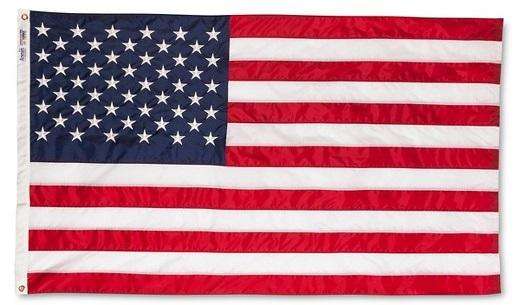Flags in the History of Parades
The use of flags in parades dates back centuries and has been an integral part of cultural and historical celebrations around the world. Flags have played a significant role in conveying messages, representing identity, and fostering a sense of pride and unity among nations, communities, and organizations.
The historic development of the use of flags in parades can be traced back to ancient civilizations. In ancient Rome, for instance, military parades were accompanied by standards and banners that represented various legions and displayed symbols of power and authority. Similarly, in medieval Europe, knights adorned themselves and their horses with heraldic flags and banners during parades and tournaments to showcase their lineage, achievements, and allegiances.
In the modern era, the protocol for the use of flags in parades has evolved to reflect national, cultural, and organizational symbolism. National flags play a significant role in parades, representing the sovereignty of a nation, its values, and ideals. In countries around the world, these flags are displayed prominently during national holidays or events, such as Independence Day celebrations or military processions, symbolizing unity and patriotism.
Protocol regarding the display and handling of flags during parades can vary across different nations and organizations. Typically, there are guidelines set by the government or relevant authorities that dictate specific protocols for flag usage. These protocols often include rules such as the proper way to handle, fold, and carry flags, the order of precedence for different flags, and the correct positioning of flags in a parade formation.
For example, in a military parade, the national flag is usually at the forefront, followed by flags representing various divisions, regiments, or units, arranged in a predetermined order. The highest-ranking military official often carries the national flag, while other flags may be carried by honor guards or soldiers. There may also be specific instructions on how to treat the flag, including rules about saluting the flag when it passes or during national anthems.
Furthermore, cultural and organizational parades also follow specific flag protocols. For instance, during cultural festivals, flags representing different ethnic or religious groups may be prominently displayed to honor diversity and promote unity. Organizations such as schools, clubs, or associations often march in parades with their respective flags, showcasing their identity, values, and achievements.
Guidelines & Flag Etiquette for Parades
When using flags in parades, it is important to adhere to certain guidelines and etiquette to show respect for the flag and represent it appropriately. Here are some general guidelines:
- Proper handling: Flags should be held upright and straight during a parade. The flag should never be allowed to touch the ground or be dragged along the floor.
- Displaying the flag: The flag should be carried in a manner that it is fully visible. When multiple flags are displayed in a line or formation, the national flag should be at the center and highest point of the display.
- Flag positioning: The national flag should be carried or displayed to the right (observer's left) of any other flags or banners. This represents superior position.
- Respectful folding: When not in use, flags should be properly folded in a triangular shape. It is disrespectful to crumple or toss the flag casually.
- Prohibition of alterations: No alterations or additions should be made to the flag, such as attaching streamers, crepe paper, or any other decorative elements. The flag should be presented in its original, unaltered form.
- Saluting the flag: When the flag passes by or is being raised or lowered, it is customary to stand at attention and salute with your right hand over your heart. Military personnel may choose to salute using the appropriate military salute.
- Proper disposal: When a flag becomes faded, worn, or torn, it should be retired and respectfully disposed of in a dignified manner. This is commonly done through ceremonies like flag burning or burial.
- Knowledge of flag protocol: Those participating in the parade, especially flag bearers, should have a good understanding of flag etiquette and protocol. This includes knowing how to properly handle, display, and present the flag.
Remember, flags carry significant symbolism and represent a nation, organization, or cause. Respecting these guidelines ensures proper representation, honor, and respect for the flag during parades.
